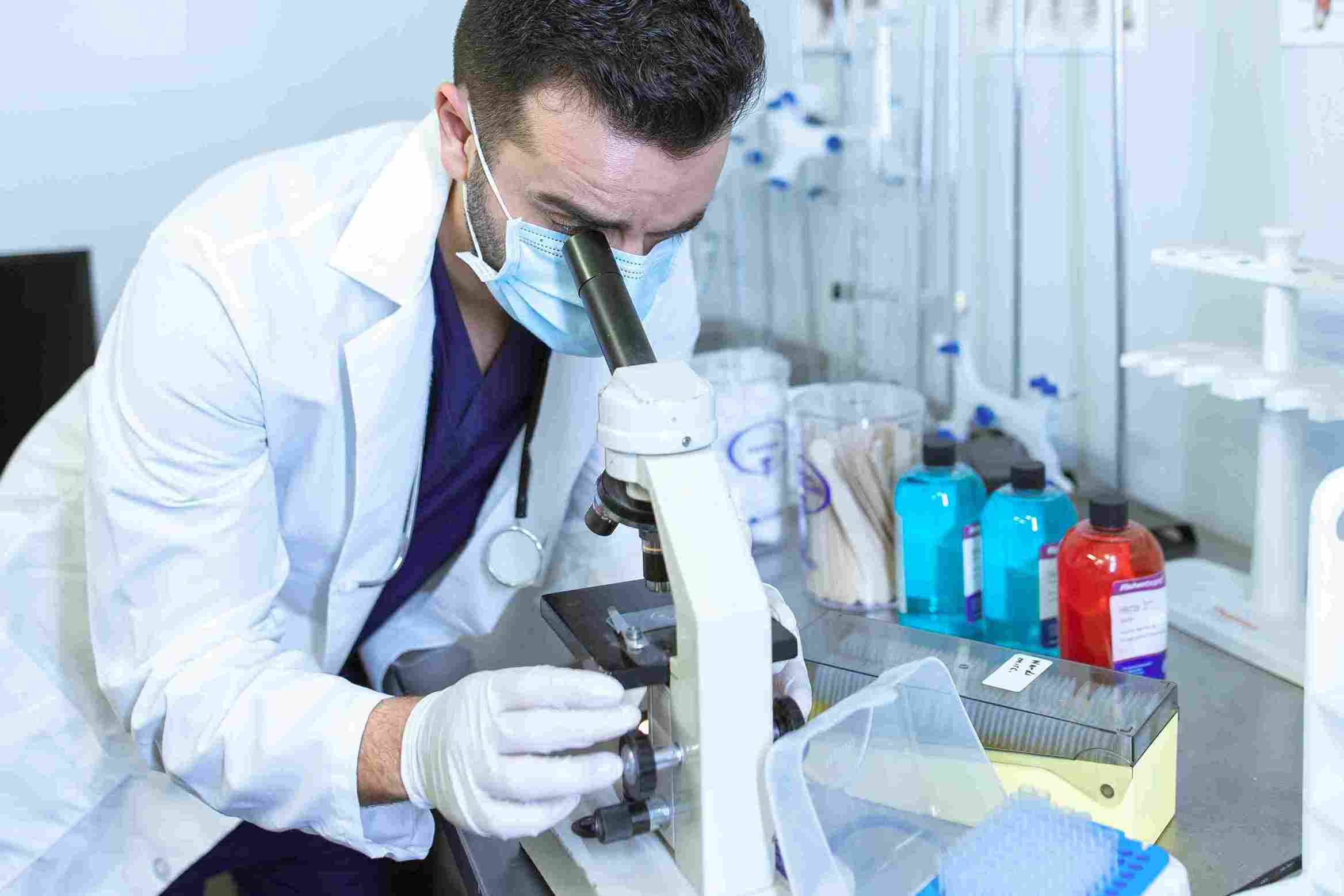The Theory of Lean Documents and Lean Configuration introduces a novel approach by applying lean principles to the creation, design, processing, and management of controlled documents typical in regulated industries. These principles challenge both traditional document practices and "push" system concepts, which are often remnants of outdated methodologies. Lean Documents offer a streamlined alternative that builds on established principles, while Lean Configuration leverages software solutions to reduce the burdens traditionally associated with paper-based systems.
Historically, before the advent of computer systems and databases, managers and quality personnel relied on elaborate visual numbering schemes, cross-referencing methods, and intricate filing systems for document retrieval and control. These systems have evolved into the complex structures seen today across the life sciences sector, including in medical device industries. Unfortunately, even with technological advancements, many companies fail to abandon these outdated legacy methods, which continue to constrain the full benefits of modern automation and information retrieval systems.
This webinar will explore how the application of Lean Documents and Lean Configuration can modernize compliance with 21 CFR Part 820, offering a more efficient and less cumbersome approach to document management in the regulated environment of medical device manufacturing.
WHY SHOULD YOU ATTEND?
If you are burdened by the complex and time-consuming management of controlled documents, this webinar will be particularly beneficial. It introduces innovative lean principles that can significantly simplify the creation, management, and maintenance of documentation required under 21 CFR Part 820. Attendees will learn how to reduce redundancy and streamline processes, allowing them to focus more on value-added activities rather than administrative tasks.
Moreover, this session will demonstrate how applying Lean Documents and Lean Configuration not only meets regulatory compliance but also enhances operational efficiency and document clarity. This fresh approach promises to transform the conventional practices that have long been a source of frustration in the medical device industry, making it a must-attend for those looking to improve their quality management systems.
AREA COVERED
- Brief introduction to Lean Documents and Lean Configuration
- Quality System Regulation, 21 CFR Part 820, and ISO 13485 as these apply to design control documents
- Basic functions found in a life sciences manufacturing plant
- Key types of controlled documents and records for manufacturing
- Quality Management System (QMS) elements controlled via documentation
- Bringing it all together
WHO WILL BENEFIT?
This webinar is designed for professionals within the medical device industry who are involved in the management of quality systems and compliance. It is particularly beneficial for:
- Quality Assurance Managers
- Regulatory Affairs Professionals
- Quality Control Specialists
- Production Managers
- Compliance Officers
- Process Engineers
- Document Control Specialists
If you are burdened by the complex and time-consuming management of controlled documents, this webinar will be particularly beneficial. It introduces innovative lean principles that can significantly simplify the creation, management, and maintenance of documentation required under 21 CFR Part 820. Attendees will learn how to reduce redundancy and streamline processes, allowing them to focus more on value-added activities rather than administrative tasks.
Moreover, this session will demonstrate how applying Lean Documents and Lean Configuration not only meets regulatory compliance but also enhances operational efficiency and document clarity. This fresh approach promises to transform the conventional practices that have long been a source of frustration in the medical device industry, making it a must-attend for those looking to improve their quality management systems.
- Brief introduction to Lean Documents and Lean Configuration
- Quality System Regulation, 21 CFR Part 820, and ISO 13485 as these apply to design control documents
- Basic functions found in a life sciences manufacturing plant
- Key types of controlled documents and records for manufacturing
- Quality Management System (QMS) elements controlled via documentation
- Bringing it all together
This webinar is designed for professionals within the medical device industry who are involved in the management of quality systems and compliance. It is particularly beneficial for:
- Quality Assurance Managers
- Regulatory Affairs Professionals
- Quality Control Specialists
- Production Managers
- Compliance Officers
- Process Engineers
- Document Control Specialists
Speaker Profile
 Jose Ignacio Mora
Jose Ignacio Mora
Jose Mora is a Principal Consultant specializing in Manufacturing Engineering and Quality Systems. For over 30 years he has worked in the medical device and life sciences industry specializing in manufacturing, process development, tooling, and quality systems. Prior to working full time as a consulting partner for Atzari Consulting, José served as Director of Manufacturing Engineering at Boston Scientific and as Quality Systems Manager at Stryker Orthopedics, where he introduced process performance, problem solving, and quality system methodologies.During that time he prepared a white paper on the application of lean manufacturing methods to the creation and management of …
Upcoming Webinars


How to Give Corrective Feedback: The C.A.R.E. Model - Elimi…


How To Conduct An Internal Harassment And Bullying Investig…

Leadership: Strategic Planning and Decision Making

FDA Compliance And Laboratory Computer System Validation

Secrets Of Psychology - Why People Do The Things They Do

Human Factors Usability Studies Following ISO 62366 and FDA…

Marketing to Medicare or Medicaid Beneficiaries - What You …

Polish your Presence on Linkedin - The Powerful Profile


Leveraging Artificial Intelligence in HR

Bootcamp for New Managers and Supervisors: Develop These Es…

Utilizing A Proven Process When Conducting Sensitive, Inter…

HR Metrics and Analytics 2025 - Update on Strategic Plannin…

Understand the Different Contexts in DAX, The Filter Contex…

Understanding and Analyzing Financial Statements

The Importance of Storytelling in Project Management

Leading a Project and Team in Stressful Times: Supporting y…

Defensive Documentation: Protecting Your Organization from …


Onboarding is NOT Orientation - How to Improve the New Empl…

Copilot and HR: An Introduction for HR Professionals

OSHA Reporting: What are OSHA's Reporting Requirements?

Power Bi - Turn Bad Data Into Great Data In Minutes


Establishing Appropriate Quality Metrics and Key Performanc…


EBIT/EBITDA - Understanding Your Profit and Loss Statement-…

Basic Accounting and Finance for Human Resources Profession…

FDA Audit Best Practices - Do's and Don'ts

How to Write Effective Audit Observations: The Principles f…

Handbook Overhaul 2026: Compliance, OBBB Act & Beyond

FDA Technology Modernization Action Plan (TMAP) and Impact …

Stress, Change And Team Resilience Through Humor: An Intera…


Controller Challenges in Changing Times: New Roles as Strat…


The Importance of the first 5 seconds when presenting

Excel Spreadsheets; Develop and Validate for 21 CFR Part 11…


Sunshine Act Reporting - Clarification for Clinical Research

How to Prepare For and Host a FDA Inspection and Respond to…

From Chaos To Calm: How to Eliminate Drama and Boost Workpl…

Managing Toxic Employees: Strategies For Leaders To Effecti…

Do's and Don'ts of Documenting Employee Behaviour, Performa…



Dealing With Difficult People: At Work & In Life

Harassment, Bullying, Gossip, Confrontational and Disruptiv…
